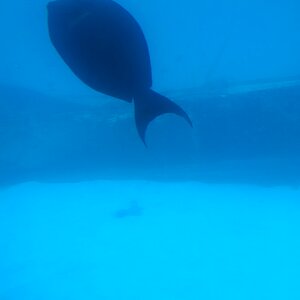grantjames
TPF Noob!
- Joined
- Sep 29, 2010
- Messages
- 50
- Reaction score
- 0
- Can others edit my Photos
- Photos OK to edit
Hi!
I'd like to take both macro shots and also be able to zoom in close on far away objects. I thought I needed a macro lens and a telephoto lens, but now I'm. Not quite sure.
Is a lens considered a macro or telephoto lens by the focal distance (the numbers in the lens spec)? Im just really confused.
Any help would be greatly appreciated! Thanks!
I'd like to take both macro shots and also be able to zoom in close on far away objects. I thought I needed a macro lens and a telephoto lens, but now I'm. Not quite sure.
Is a lens considered a macro or telephoto lens by the focal distance (the numbers in the lens spec)? Im just really confused.
Any help would be greatly appreciated! Thanks!


![[No title]](/data/xfmg/thumbnail/30/30863-8c53522e4ed851e96cb7411e74b9fe59.jpg?1619734482)
![[No title]](/data/xfmg/thumbnail/39/39419-5d4fd8535ab4f6e01caa38b72bf396e0.jpg?1619739023)

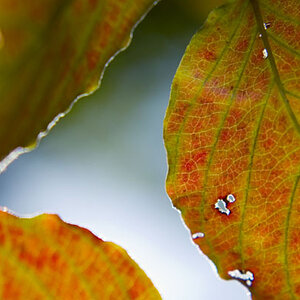
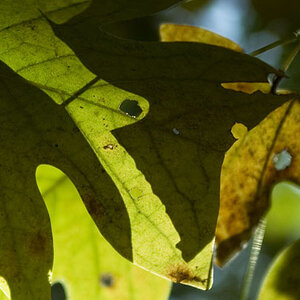
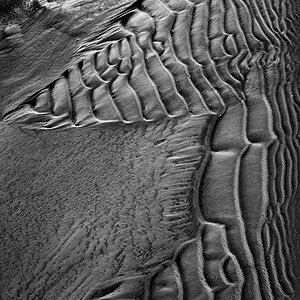
![[No title]](/data/xfmg/thumbnail/42/42253-fef7e43227f484b1a95dd6d85c03bd40.jpg?1619740063)
![[No title]](/data/xfmg/thumbnail/41/41898-2c70795ddfa6b397714acc28e3e5d36f.jpg?1619739936)
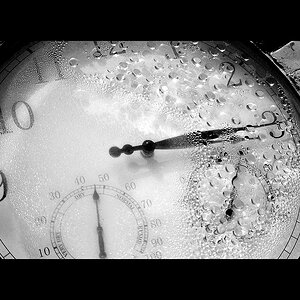
![[No title]](/data/xfmg/thumbnail/30/30860-944669dcf33f1f20df14586c78ed2608.jpg?1619734480)
